By D.C. Montana
When Hollywood’s Tyler Perry heard a story about the 6888th Central Postal Directory Battalion, the U.S. Army’s only all-female, all-Black unit of the Women’s Army Corps (WAC) to go overseas in World War II, he knew he had to make a movie about it.
The story of the 6888th is one of courage, bravery and perseverance. The unit consisted of approximately 850 officers and enlisted women, who served in England clearing a backlog of undelivered mail that filled several warehouses to the brim. By February of 1945, D-Day and the Battle of the Bulge had already been fought, but as American soldiers fought their way into Germany, many were not receiving letters from home. The 6888th’s mission was vital to the war effort in Europe.
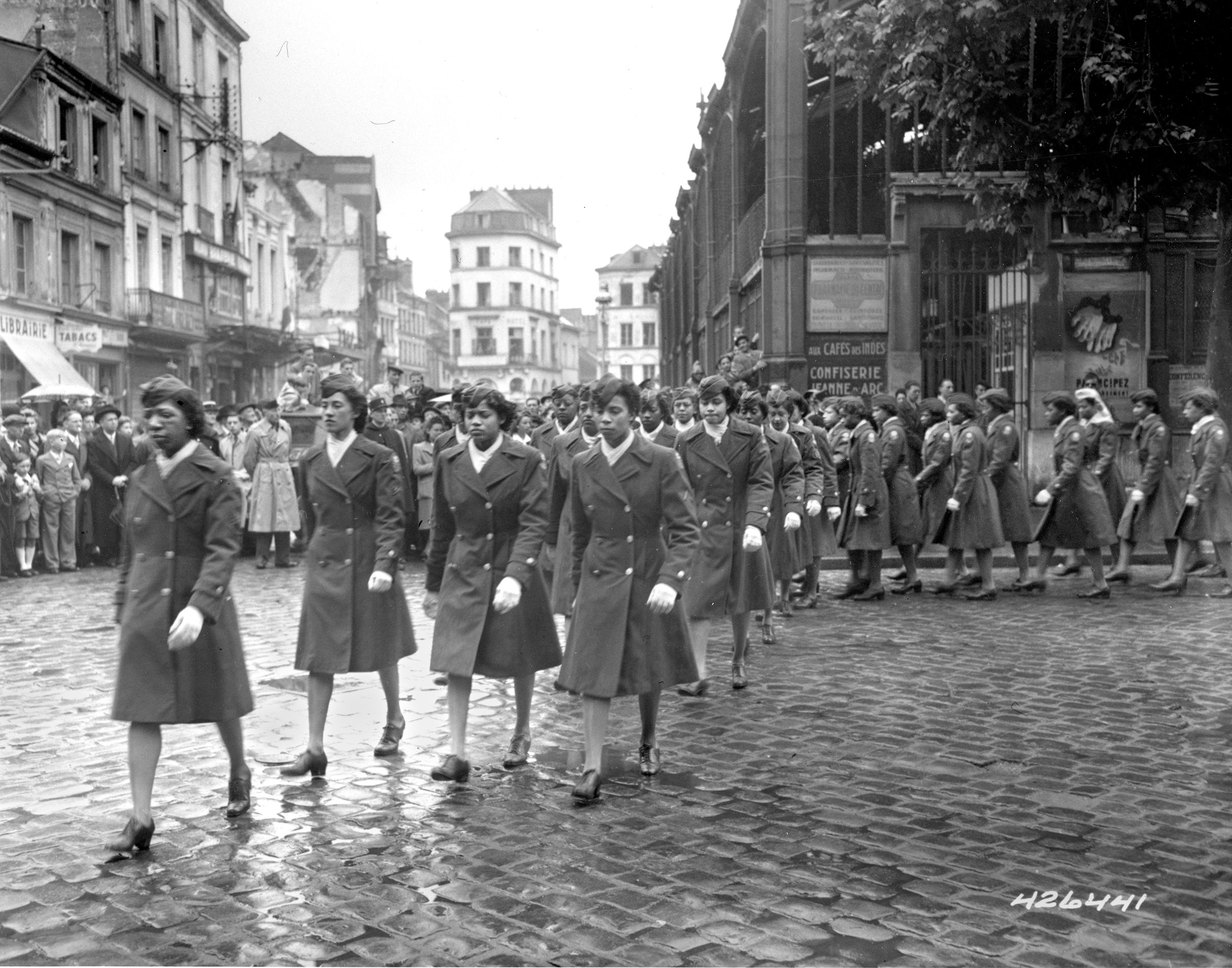
Some soldiers had not received mail in more than eight months. Most of the mail could not be delivered because men had been either transferred to other units, been sent to the hospital, or had been killed. Morale was low, which could affect everything from physical and mental health, to a soldier’s ability to focus during combat missions or high-pressure situations. Soldiers needed to hear from home. The importance of this mission was not lost on the women of the 6888.
After combat training at Fort Oglethorpe in Georgia, the women crossed the Atlantic Ocean and reported for duty to Birmingham, England, on February 12, 1945. They were given six months to complete the daunting task of sorting and sending the backlogs of mail. The women of the 6888th worked in an unheated warehouse with blacked-out windows where rats scurried through countless towering stacks of unopened envelopes and packages, some of which contained food that had long since spoiled.
Dedicated to their mission, and with a sense of drive and purpose, the women developed a robust system to individually sort millions of letters and packages by creating a rotating schedule that operated in three, eight-hour shifts, twenty four hours per day, seven days a week. They devoted their time to tracking down soldiers and their locations.
The unit’s assigned living quarters had been bombed prior to their arrival. As a result, the women took up residence in what had been the King Edwards Boys School before the war. As a self-contained unit, the 6888th were responsible for creating their own organizational structure, which comprised a headquarters and four postal directory companies. They also established a mess hall, a motor pool, and their own supply network–along with publishing a newsletter and establishing intramural sports teams to increase their own morale.
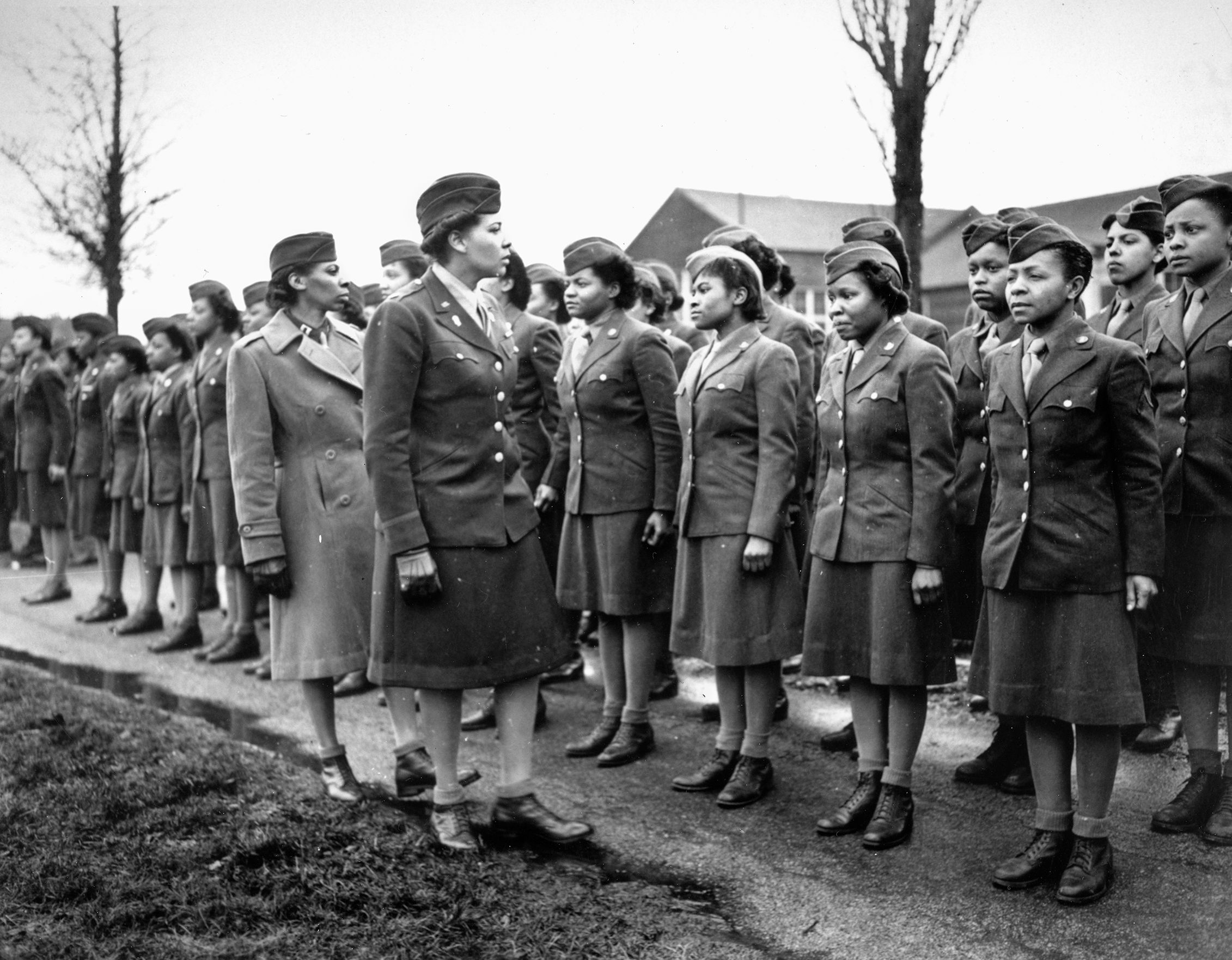
Although the women were given six months to accomplish their mission, they surprised their critics by completing the job in just 90 days. In three months, the 6888th had sorted and redirected an estimated 18 million parcels, all while operating in harsh and dangerous conditions.
Although the women were incredibly successful, and even went on to sort mail in France once the war ended, their homecoming was not widely recognized or celebrated. Instead, their historical feat went largely unnoticed, until nearly 65 years later in the early 2000’s.
Military historian Kevin Hymel first learned of the 6888th in 2008, while working for the U.S. Army’s Freedom Team Salute, a program that recognized parents, spouses and families of active-duty soldiers, as well as actors, athletes and veterans who supported the Army’s mission in the Global War on Terror.
“My coworker Jean Davis approached me and said, ‘I’d like us to do something about this unit, the 6888th,’ and I had no idea what it was until she explained it to me,” said Hymel.
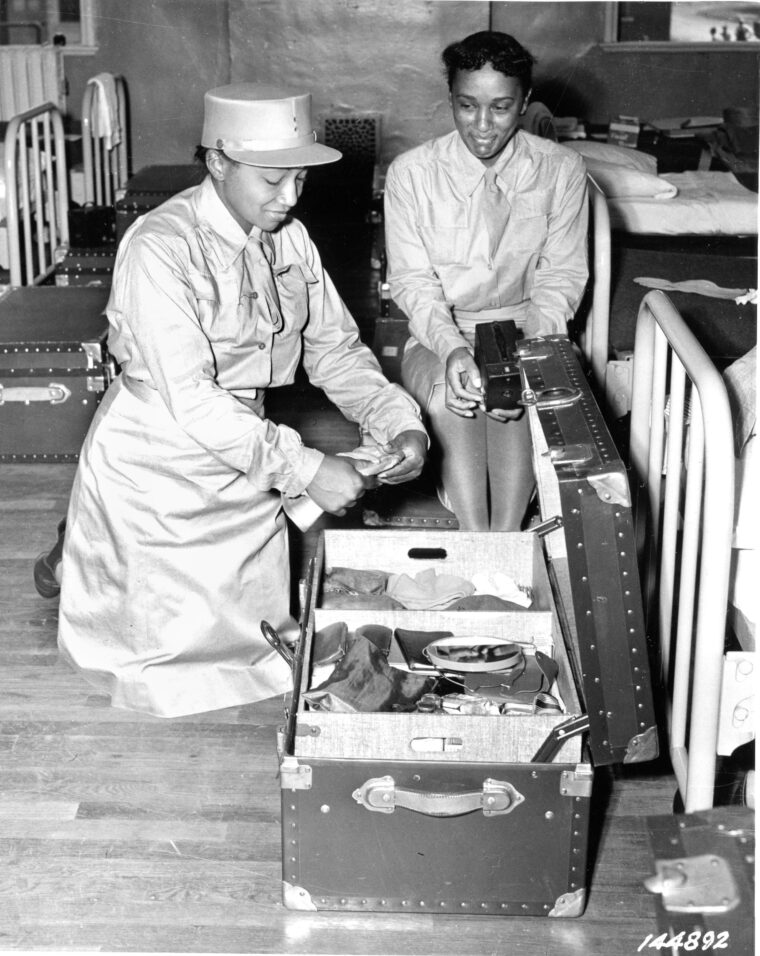
After some initial research, he contacted three veterans from the unit, Mary Ragland, Gladys Shuster Carer, and Alice Dixon. Ragland, who enlisted in the Army after high school, had joined after seeing a recruiting advertisement that offered Black women an opportunity to serve their country overseas.
“I traveled to her place in D.C. and did a number of interviews with her. She really gave me the bulk of the history on the 6888th. She had been a clerk and still had a lot of the paperwork,” Hymel said. He then traveled to the National Archives in College Park, Maryland, to research further but was surprised to discover there were no records of the unit. “I had seen this before,” Hymel explained. “The records for many Black units from World War II have surprisingly disappeared.”
Freedom Team Salute thanked each of the three soldiers of the 6888th in a ceremony held at Arlington National Cemetery in February 2009. Hymel published his story about the unit in the Army Historical Foundation publication, On Point. His job done, Hymel went on to write other articles about Americans and their battles in World War II.
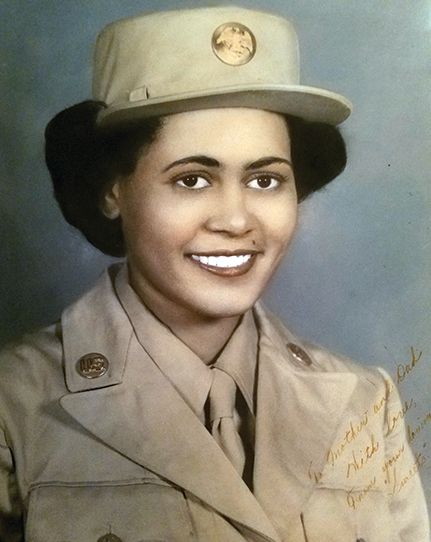
In 2018, nearly a decade after writing the original story, Hymel learned that the Army planned to build a monument dedicated to the women of the 6888th at Fort Leavenworth, Kansas. He called Carlton Philpot, a retired Navy veteran spearheading the effort. Philpot mentioned that he had been in contact with three additional veterans of the 6888th, and Hymel asked to interview one of them to write a story to coincide with the monument’s dedication. Philpot connected him to 95-year-old Lena King, whose story became the inspiration for the upcoming film, The Six Triple Eight.
“I had such a blast talking to her,” Hymel said. “Normally I do two, maybe three interviews with a veteran to write their story, but with Lena, it was about 10 phone calls, and I enjoyed every one.” King was full of life, making her own meals and dancing on Saturday nights, and attending church every Sunday. Hymel recalled her joyous demeanor, sharp mind, and impressive recall from her time in the military. However, not all her memories were positive ones. King had endured ridicule, grief, racism, and even feared for her life on several occasions.
Then known by her maiden name Lena Derriecott, King was 18 when she enlisted in the U.S. Army upon graduating from Germantown High School, north of Philadelphia. She was inspired to serve her country to honor her childhood friend, Abram David, a Jewish boy who joined the Army Air Forces and had died on his first combat mission.
Hymel knew he had to do her story justice. “I was waiting for her to tell me how pivotal her time in the 6888th was, or how it had changed her in some way, but for many of the ladies of the 6888th, once they got home, they moved on with their lives and it was just forgotten,” he said. “She was surprised that somebody was calling her to talk about these two specific years of her life.” Hymel’s story was published in the February 2019 edition of WWII History magazine.
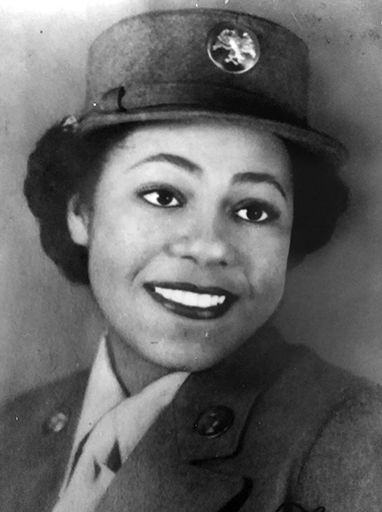
Not long after the story was published, Carl Gnam, Editorial Director of WWII History, put Hymel in touch with Carlota Espinosa, a Hollywood producer. “Carlota had contacted me about another story we had published in the magazine, and when I first read Kevin’s interview with Lena, I knew this was a story Carlota should produce,” Gnam said. “Kevin and I got Carlota on the phone, and after he told her the story of Lena and the 6888th, she quickly agreed.”
Upon reading, Carlota Espinosa sent Hymel’s article to her friend/producer, Keri Selig, who then brought Peter Guber and his Mandalay Pictures on board. They developed a sizzle reel that upon its completion, Selig sent to her long-time friend and film producer, Nicole Avant, who immediately connected with Mrs. King’s remarkable story. Right away Avant knew the perfect person to bring this to the screen and presented the project to Tyler Perry, who within a day, was on a plane to visit Mrs. King in her home in Las Vegas. After that meeting, Perry knew he needed to tell this story and wrote the script in a matter of weeks.
“I didn’t know what to expect when I walked in,” Perry said, “and then this woman comes down the stairs with her jewelry and her clothes, her lipstick, her hair all done perfectly.” They sat together and King told her story. “I was beyond impressed with her memory,” he said, “but really what she gave me in every moment was the dignity and regalness that she carried.”
After a three-hour discussion with King, Perry knew how to tell the story. “I left with a whole story and script in my head,” Perry said. “What was important to me was that factually, we got it right.”
At first, Hymel did not believe it. No one had ever wanted to make a movie out of one of his articles, especially not someone of the stature of Perry. But soon, Perry called Hymel and started asking him questions about the unit as he organized his ideas on how to tell the story on the big screen.
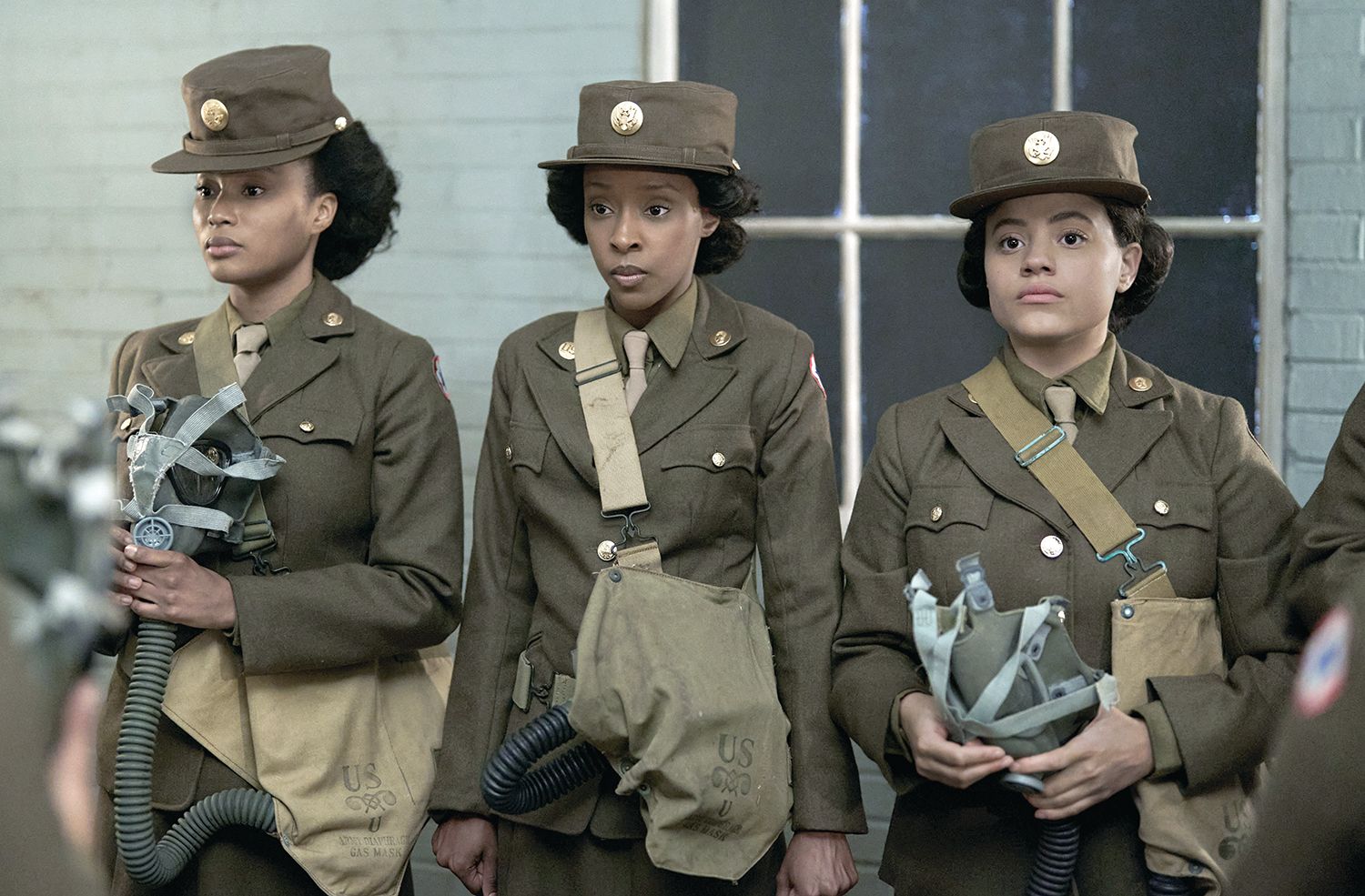
Thus began a years-long relationship devoted to producing a historically accurate movie about the 6888th. Perry worked hard to understand the world of the 1940s and the experience of Black women at the time. For Perry, producing a World War II-era movie was unlike any other film he had done before, but he felt pulled to share this story with the world.
“There’s something about that time period, the simplicity of it, the horror of it, the beauty of it, the pain of it, that was very intriguing to me,” he said. “It’s a very storied part of our history, and to be able to add stories that hadn’t been told to it was really something that I thought was a profound opportunity.”
Perry leaned on his colleagues and predecessors for research, “To get it right, I did have to watch a lot of World War II movies and documentaries.” For historical accuracy, Perry relied on Hymel’s vast knowledge of WWII and American military history.
Before, during and even after filming The Six Triple Eight the pair routinely spoke, sometimes almost daily, to make the movie as authentic as possible.
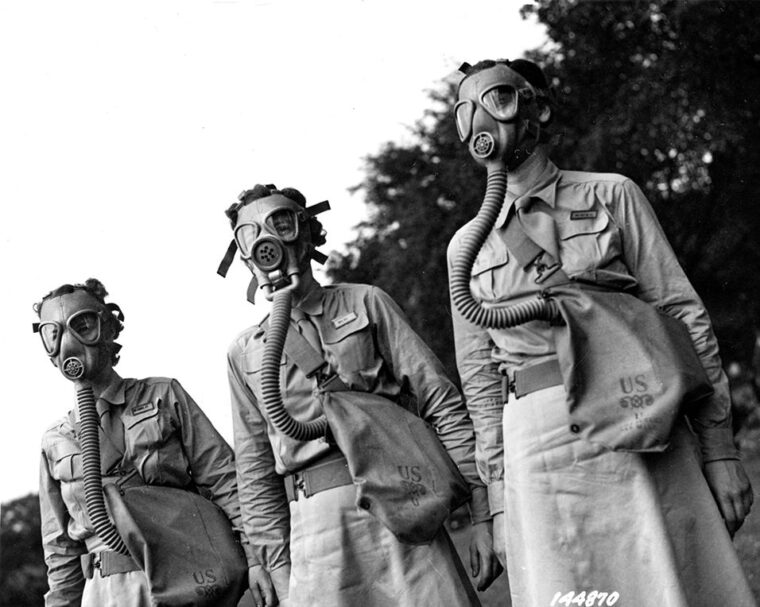
Hymel provided Perry with books and anecdotes he had gathered from interviewing countless WWII veterans, including Romay Davis and Delores Ruddock from the 6888th. Romay had also been the subject of a story by Hymel published in WWII History magazine in 2021. He put together a collection of photos he found of the WAC in training, so Perry and his production crew could get a visual sense of the uniforms and equipment that were used at the time.
The photos, many published in WWII History, depicted rows of Black women, standing at attention, wearing skirts and matching service caps. One photo showed three women donning gas masks during basic training, and another showed two preparing for a Saturday morning inspection in their barracks, a neatly packed suitcase between them. It was this knowledge, along with years of studying and conversing with veterans and service members, that made Hymel a historical asset to the production of The Six Triple Eight.
Central to the movie and to the unit, was Major Charity Adams, played by Kerry Washington. Adams was the first African-American woman to become an officer and first serve overseas in WWII. She was also the highest ranking African-American woman in the Army at the end of the war. Adams was known among peers for boldly fighting discrimination, advocating for desegregation in the Army, and holding her soldiers to impeccably high standards. Washington, also an executive producer for the film, prioritized learning as much as she could about the role.
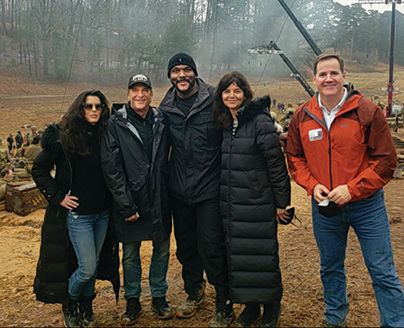
“I love working with an actor [like Washington] who is going to be that involved and not just show up and say the lines,” Perry said, “but come in and create with me as a director and become the character in the moment. And that’s what she is.”
He recalled one of the most defining moments he had while working on the film. He was on set with Washington shortly before the start of filming, and the two received a knock on the dressing room door. A crew member then brought a trunk into the room, with the name “Charity Adams” painted in bold letters on the side.
“It was her original trunk, with her uniform, and letters and pictures in it,” said Perry. “Somehow, after all those years, it ended up at my feet, at the studio as we’re working on this movie. That’s how I know these women really wanted this story to be told.”
Perry also traveled to Montgomery, Alabama, to visit Romey Davis, the oldest surviving member of the 6888th. Davis, the daughter of a U.S. Navy rigger, and a middle child surrounded by her five brothers, joined the WAC in 1943. She was assigned to the motor pool, where she became a mechanic as well as a driver. Davis volunteered for an overseas assignment, and joined the 6888th as Charity Adam’s driver. “It’s good to have living witnesses, and then be able to fact check their stories with Kevin. These women are so sharp,” Perry said. Davis passed away in June 2024 at the age of 104.
To help make the movie, Perry hired Hymel as a military history technical advisor. Before arriving on set in Atlanta, Georgia, Hymel received a phone call from Charity Adam’s son, Stanley Early III, who provided valuable insight into his mother’s character and personality. “He told me that Charity Adams always wore yellow gloves, because she wanted to be distinct from everyone else,” Hymel said.
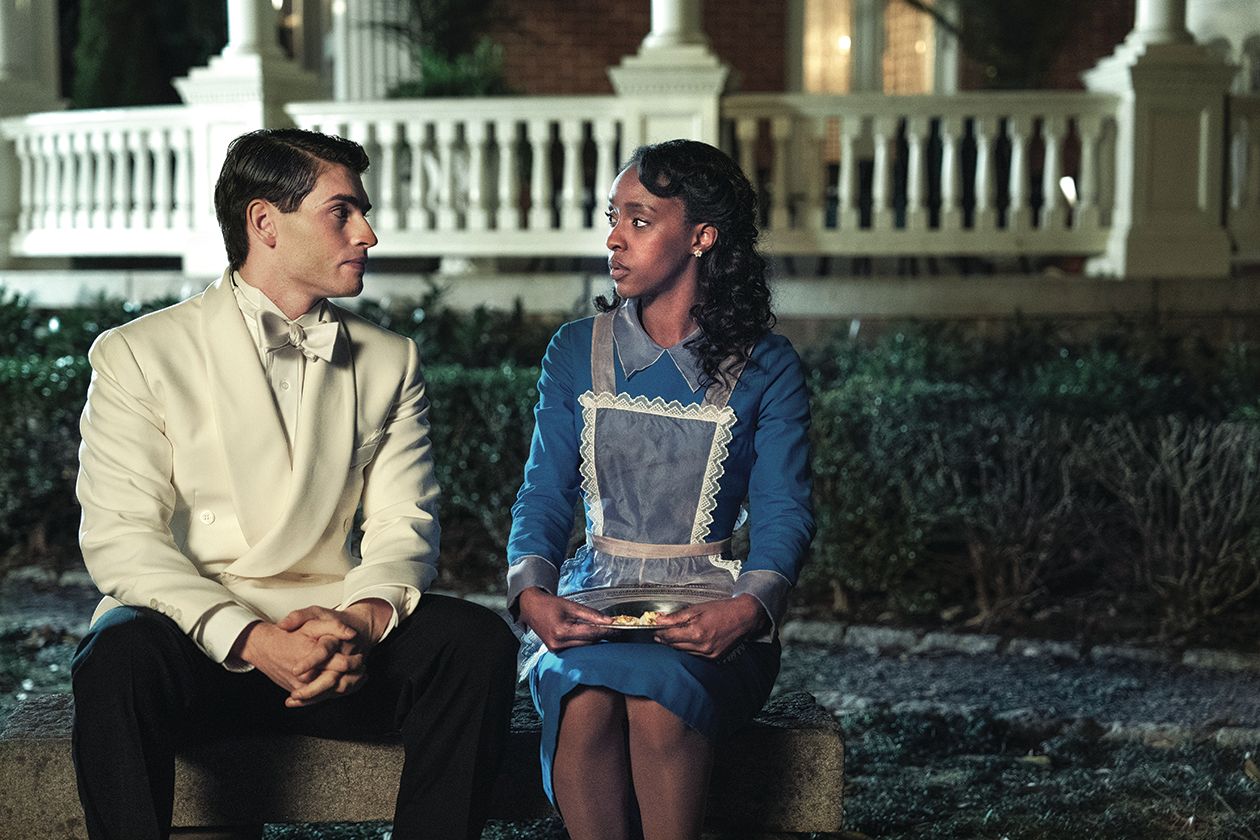
Although filming was already in progress, Hymel mentioned that fact to Kerry Washington on the set. She called for the person in charge of wardrobe and requested yellow gloves. Washington wanted to get the story right.
With hundreds of extras playing members of the 6888th and combat soldiers, Perry found himself in a whole new world of movie making. “I have never, in my life, worked with so many people at once,” he said. “It was challenging moving that many people in one direction.”
He credited choreographer Debbie Allen for ensuring military precision and accuracy throughout the movie, particularly related to scenes with hundreds of women marching, or participating in intricate dance numbers. “The biggest thing for me was the marching,” Perry said. “It had to be completely right. When I looked at video footage of Charity marching with the women, they were in lockstep. I knew it had to be perfect.”
For Hymel, seeing stories he had been told throughout his interviews with the women of the 6888th make it onto the big screen gave him a sense of fulfillment. “The ladies of the 6888th went into a movie theater, and the white soldiers tried to make them sit somewhere else, but a Black woman officer confronted them,” Hymel said. “That was a specific story Lena told me, so I was very happy to see that scene in the film.”
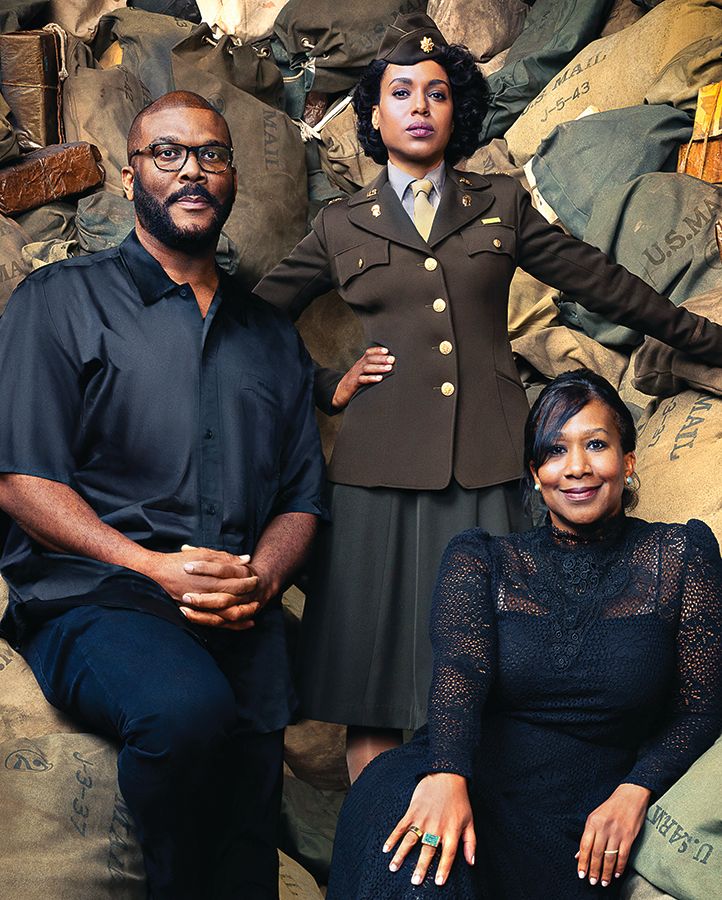
Another historical feat took place in the midst of filming—on March 14, 2022, President Joe Biden signed the Six Triple Eight Congressional Gold Medal Act of 2021 into Public Law 117-97. The 855 members of the 6888th were awarded for their actions during WWII. King was given her Congressional Gold Medal in a special ceremony held at her church in Las Vegas, with Perry and Hymel attending. “For everything we have been building towards for this movie, that ceremony was just such a great moment in itself,” Hymel said. Perry agreed and said he wished every veteran could be honored in that way.
The movie The Six Triple Eight is not only an opportunity to share an untold story with the public, it’s also a chance to educate the world on a little known, but integral, chapter of United States history. “I think the timing of it was really important and impeccable, and that’s not because of us,” Perry said. He reflected on current events, such as banning or censoring books from schools and public libraries across the country. Many proposed bans include reading materials that discuss topics of racism, religion or sexual orientation. “What I’m really worried about is groups wanting to ban certain parts of history, and not wanting children to know the good, the bad and the ugly of this country, and only wanting to paint it as one thing,” he said. “I think it’s important that people remember that there were so many different kinds of people that contributed to the history of America.”
Hymel appreciated that his story was chosen to serve as the inspiration behind the film.
“Every level of this has been so enjoyable to me,” he said. “I’m just honored that it’s happening.”
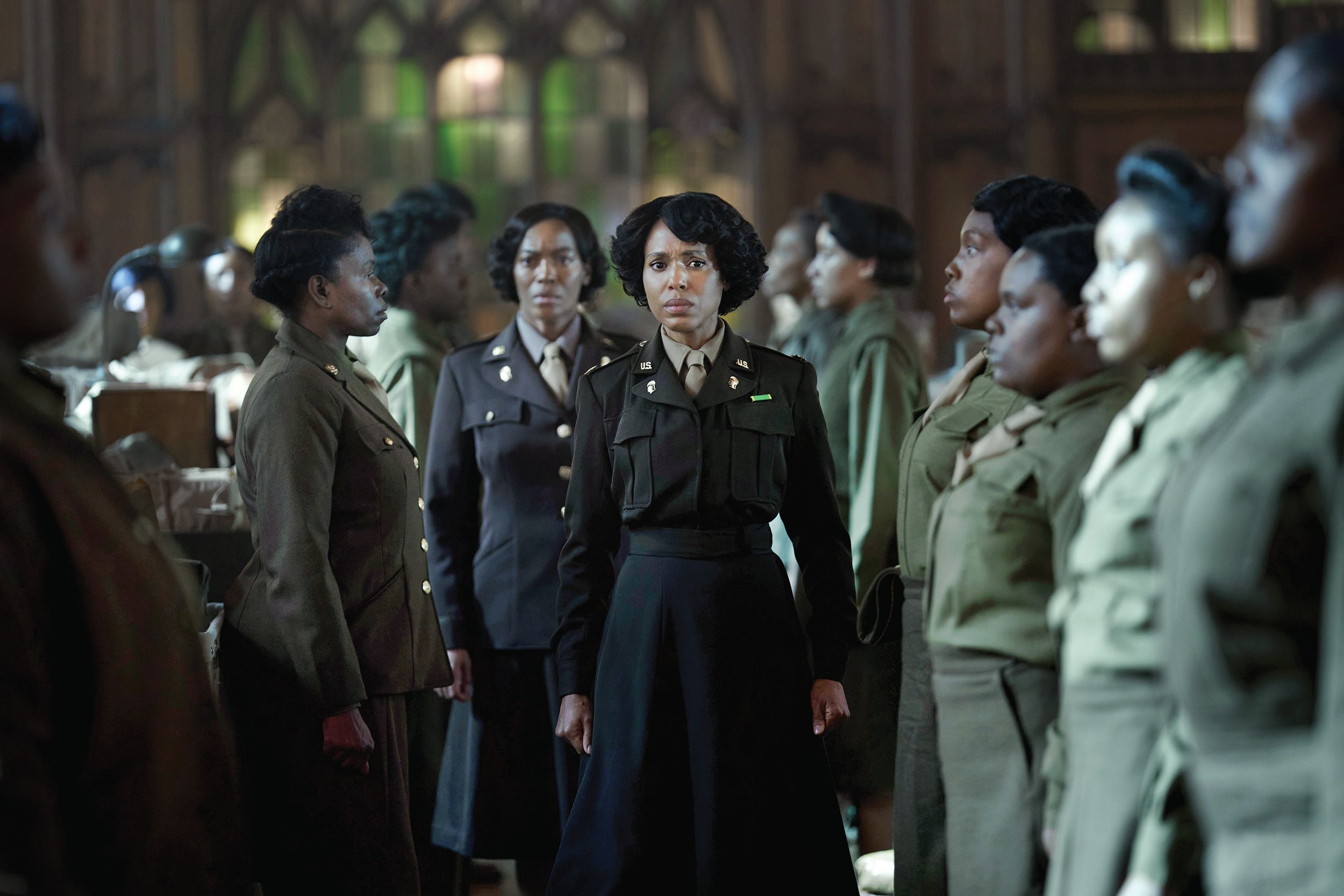
Perry had the pleasure of showing King an early version of The Six Triple Eight at her home. The two gathered together to watch the movie on an iPad. To Perry, she was the most important person that he needed approval from before moving forward with the film. “She was emotional and moved,” he said, upon showing King the movie. “She cried, she laughed, she smiled, and she saluted the screen.”
But what mattered most, Perry said, was what King said to him right before he left— “Thank you so much for letting the entire world know that Black women contributed to the war efforts.” King died on January 18, 2024, at the age of 100.
Perry and Hymel have ensured that her story and the legacy of the all-Black, all-female 6888th will get the long-overdue recognition and honor that it deserves. The efforts of these women will no longer go untold, or unnoticed. “It’s not Black history, it’s not white history, it’s the history of our country,” Perry said, “and I think it’s very important that all of those stories have their place and they have a voice.”
The Six Triple Eight will be in select theaters December 6, 2024, and will stream globally on Netflix on December 20.


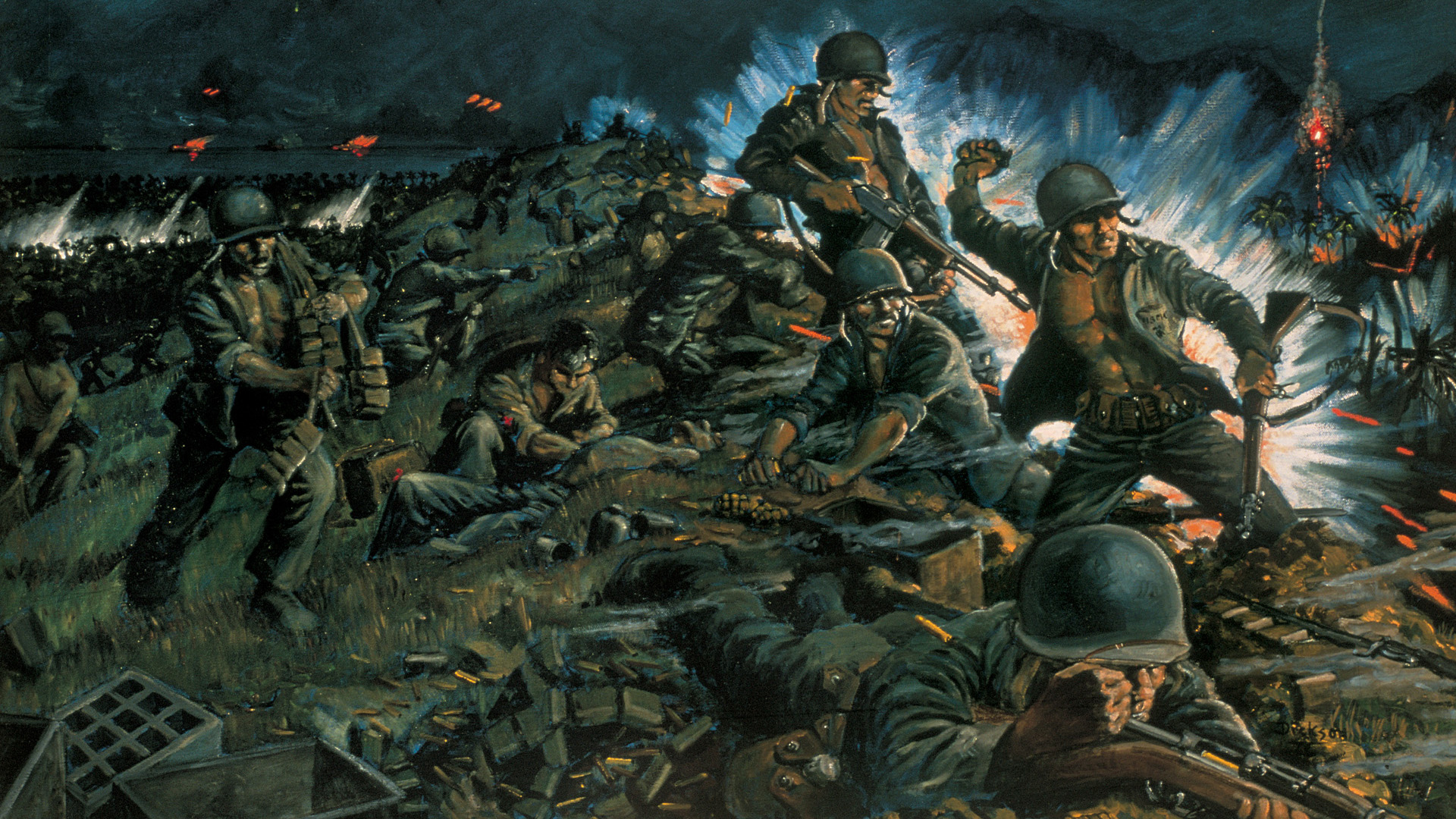
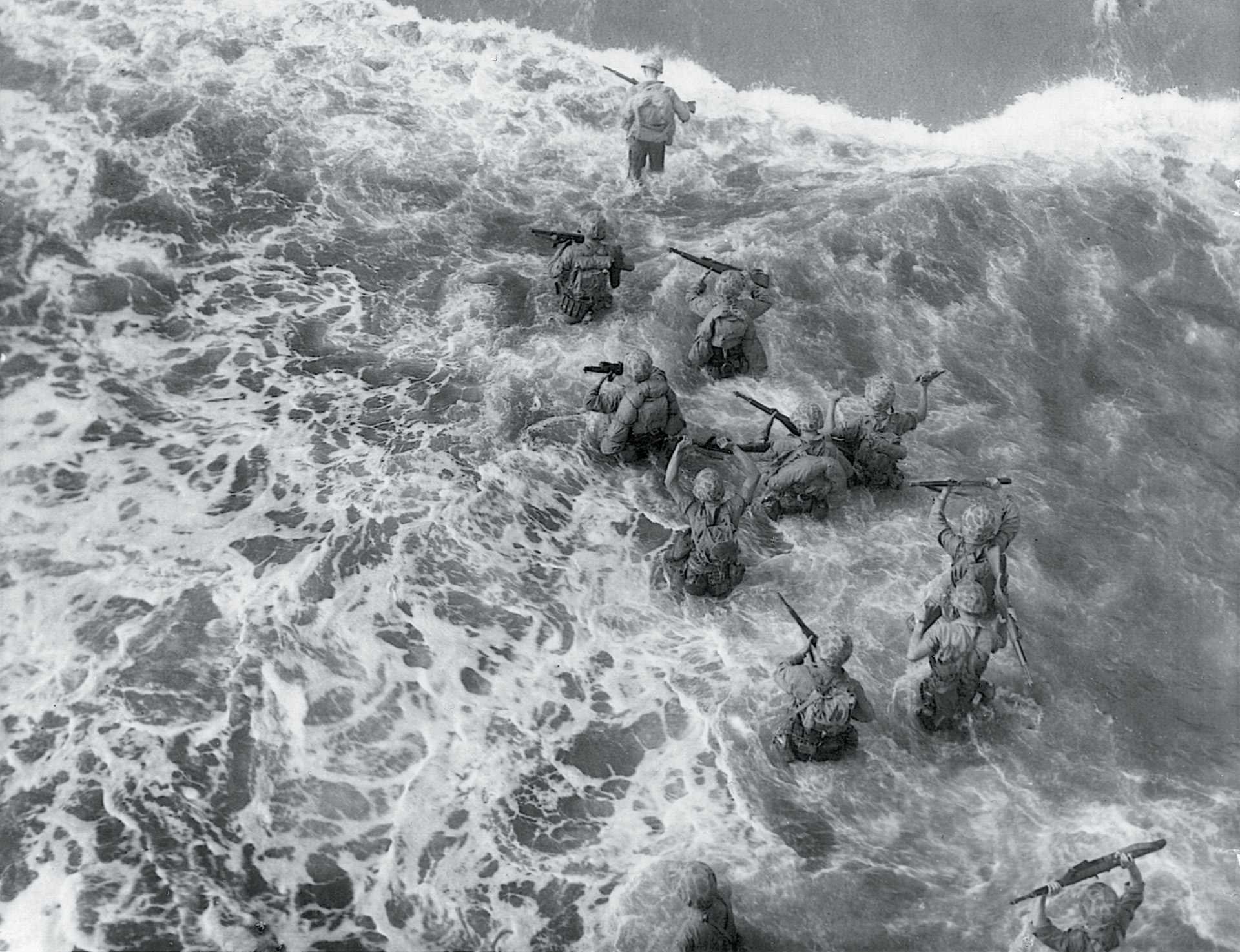
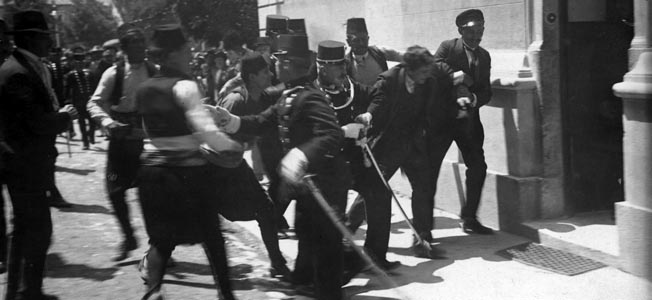

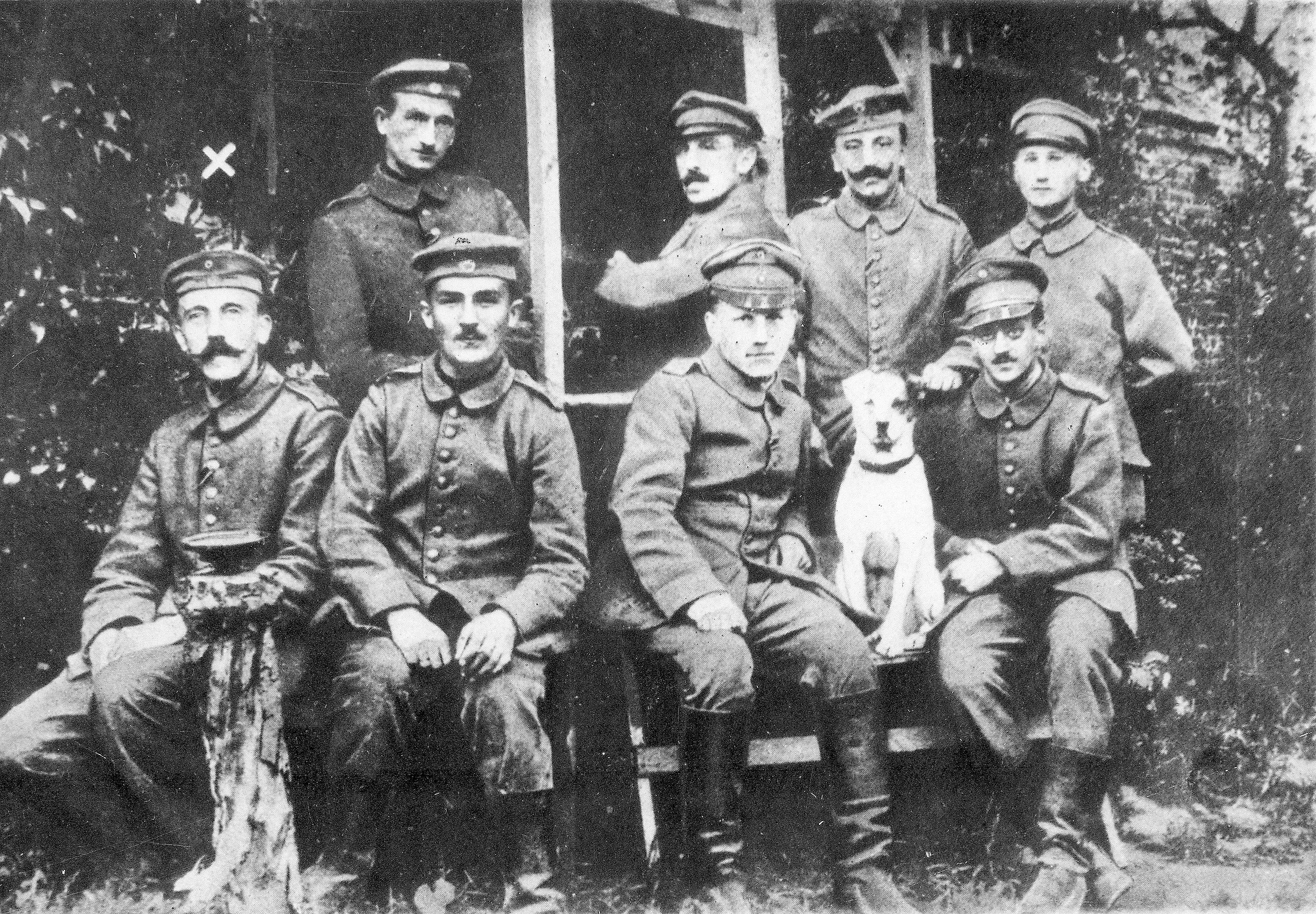

If you would like to know more about each soldier, please visit: https://sites.google.com/view/honoringthe6888/roster?authuser=0